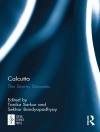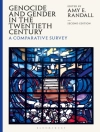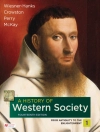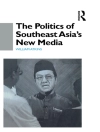Caste and gender are complex markers of difference that have traditionally been addressed in isolation from each other, with a presumptive maleness present in most studies of Dalits (“untouchables”) and a presumptive upper-casteness in many feminist studies. In this study of the representations of Dalits in the print culture of colonial north India, Charu Gupta enters new territory by looking at images of Dalit women as both victims and vamps, the construction of Dalit masculinities, religious conversion as an alternative to entrapment in the Hindu caste system, and the plight of indentured labor.
The Gender of Caste uses print as a critical tool to examine the depictions of Dalits by colonizers, nationalists, reformers, and Dalits themselves and shows how differentials of gender were critical in structuring patterns of domination and subordination.
Tabla de materias
Abbreviations
Preface and Acknowledgments
Introduction: Gendering Dalits
1. Dirty “Other” Vamp: (Mis)Representing Dalit Women
2. Paradoxes of Victimhood: Iconographies of Suffering, Sympathy, and Subservience
3. Dalit Viranganas: (En)Gendering the Dalit Reinvention of 1857
4. Feminine, Criminal, or Manly? Imaging Dalit Masculinities
5. Intimate and Embodied Desires: Religious Conversions and Dalit Women
6. Goddesses and Women’s Songs: Negotiating Dalit Popular Religion and Culture
7. Caste, Indentured Women, and the Hindi Public Sphere
Conclusion
Glossary
Bibliography
Index
Sobre el autor
Padma Kaimal is Batza Professor of Art and Art History at Colgate University. She is the author of Scattered Goddesses: Travels with the Yoginis (Association for Asian Studies, 2013) and Opening Kailasanatha: The Temple in Kanchipuram Revealed in Time and Space (Washington, 2021).












